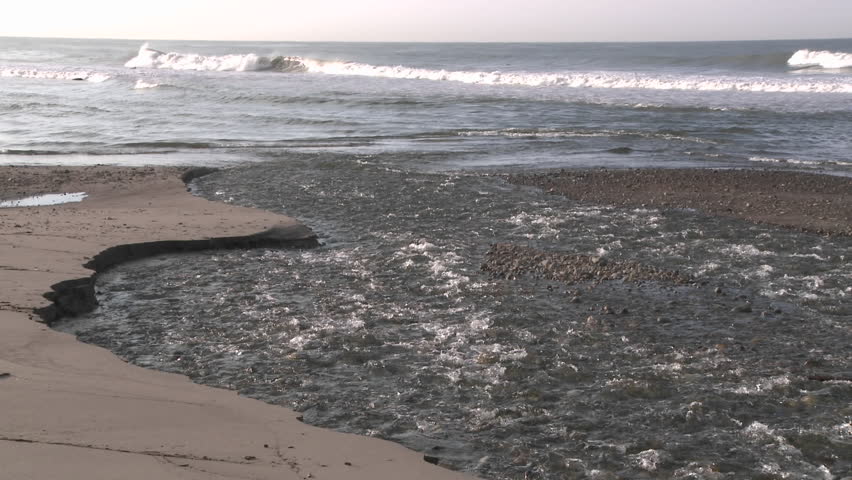Eco-Tip for 10-7-18
Avoiding waste from power outages. Part 2: Food
By David Goldstein, Ventura County PWA, IWMD
Southern California Edison recently sent letters to many customers in Ventura County notifying them of the possibility power may be shut off in high risk areas during times of dangerous fire conditions. Power companies also sometimes notify customers before shutting down power for maintenance purposes.
If you expect your power will be off for more than a couple of hours, and you are concerned about food spoilage, there are a few things you should know.
Betty Huff, Manager of the Community Services Section of the Ventura County Environmental Health Division, notes food that defrosts but stays at or below 41 degrees is likely to be safe. For comparison, regulations allow restaurants to keep food for up to two hours out of a refrigerator during “diligent preparation,” and then restaurant staff can return it to a refrigerator and serve it.
The type of food is also relevant. Butter, for example, can last longer without refrigeration. Prepared meat and dairy dishes may spoil quickly.
John Freitas, Vice President of Warehouse Discount Kitchen and Bath Center in Oxnard says some new refrigerators track maximum temperatures reached during power loss. For example, “Your Electrolux refrigerator may be ice cold when you return home from a weekend away, but… give you a ‘High Temp Warning’ and flash 62 degrees, indicating that your food was dangerously warm at its highest point during the outage.”
If you do not have such a device on your refrigerator, a simple, low tech method can give you a rough indication how long your refrigerator was out of the safe temperature range. Presented as a “life hack” in a Business Insider article on MSN.com, a “quarter test” can be revealing. Place a quarter on top of a cup of frozen water in your freezer. Following a power outage, “if the quarter is still at the top of the cup, your food is safe to eat.” If the quarter is at the bottom of the cup, power was out long enough that “you should throw your food out.” A quarter in between is “iffy.”
With sufficient notice of a power outage, you can do a few things to help your food stay cold. Move foods from your refrigerator to your freezer, and keep both the refrigerator and freezer closed during the outage. A full freezer holds cold better than an empty one, so adding cups of water in advance of an outage can be a useful strategy. A slightly less effective measure is to simply prepare for anticipated outages by grouping packages together so they will retain the cold more effectively. Another tip is to separate meat and poultry items from other foods, so if they begin to thaw, their juices will not drip on to other foods.
https://www.msn.com/en-ca/health/wellness/heres-why-putting-a-quarter-in-a-cup-of-frozenwater-could-save-your-life-during-a-hurricane/ar-BBNcmfK
A “life hack” being circulated on web sites, including MSN.com, seems like a clever way to manage food following a power outage, but it could result in unnecessary waste.
The hack involves placing a quarter on top of a cup of frozen water in your freezer. Following a power outage, the depth of the quarter tells you how your frozen food might have been affected.
According to a version quoted by MSN.com from Business Insider Inc, when you open your freezer following an evacuation, “if the quarter is still at the top of the cup, your food is safe to eat. If the quarter sank, it means your freezer lost power and you should throw your food out.”
In many cases of power outages, the quarter is likely to be in the middle. The ice may thaw, but not enough to allow the quarter to sink to the bottom. In this case, the article deduces, “You may be safe, but the freshness of your fridge contents is iffy.”
When in doubt, throw it out, but many steps are more effective than the frozen quarter test to determine whether food safety should be in doubt.
Commercial operations anticipating long power outages keep food at or below 41 degrees by using dry ice, block ice, or bags of ice in freezers. , so the quarter test reveals more about the quality of food than safety, she says. Thawing and then re-freezing is likely to result in ice crystals, but as long as it stays cold, it is not likely to spoil.




